

When it launched in 2012, there were plenty of reasons to be excited for Guild Wars 2. The game’s press and mainstream media joined together in showering it with accolades, and the game eventually boasted its position as the fastest selling western MMORPG launch ever, based on its first nine months available.
But as competitors announced new projects and top dog World of Warcraft released its Mists of Pandaria expansion, Guild Wars 2 slipped out of the public consciousness. It’s fighting an uphill battle, including small Living Story content releases every month at no extra charge instead of publishing high profile boxed expansions that see extensive press coverage.
Here’s why Guild Wars 2’s latest updates should put it back among your must-play MMORPGs.
Guild Wars 2 has been making small releases at a breakneck pace for a full year now. Since April 2013, developer ArenaNet has released 24 content updates for the game to keep up with its Living Story philosophy. The vast majority of these have included new quests that change the state of the world, and leave play once they’re no longer current in the timeline. The result is a game world that feels like it’s constantly advancing in time, rather than leaping forward once every several months.
But why join the game now? Living Story season 1 has just come to a close with the great city of Lion’s Arch lying in ruin and the villainous Scarlet finally defeated. With season 2 anticipated this summer, you’ll have plenty of time to join the game and get your bearings before the tale starts moving forward. Start soon, and you’ll avoid that feeling of confusion you get by starting a TV show or comic book right in the middle of a story arc. Play the story as it happens, and join the discussion with your fellow Guild Wars 2 fans.
In the absence of Living Story content between seasons, ArenaNet has just released a massive quality of life update that changes numerous game mechanics to make life more convenient. The Megaserver system is slowly coming online to make sure all zones feel populated no matter what hour of the day you play or which server you call home. Changes to the dye and armor systems give you greater control over your appearance. Money sinks for armor repair and character respecs are gone, removing some of the punishment from experimentation and exploration.
It should be some time before another one of these sweeping mechanics patches comes along. By joining now, you’ll be able to learn the game and depend on your understanding of how things work for months to come.
Guild Wars 2 has PvP conflict as a cornerstone of its design philosophy, but manages to implement it in a way that offers options to both the hardcore set, and the casual player. All players fight in competitive play on even statistical footing, so a player who has played since launch can’t just steamroll a newbie on the basis of bigger numbers and epic gear. From World vs. World vs. World play where a casual player can get direction from the many veterans who volunteer to offer direction as commanders in the three-way free-for-all, to instanced PvP matches with capture the flag and territory control elements, there’s a level of play for anyone, and plenty of rewards for those who dive in.
Some of the exciting improvements in PvP haven’t even come from the game itself. The rise of Twitch has cultivated a weekly Mistpedia and ESL tournament scene that may not rival the tens of thousands that watch League of Legends or DOTA 2 matches, but still pulls in a lively audience to enjoy shoutcasted matches with cash shop gem rewards that fill the gap between less frequent official competitions by ArenaNet. Check out Blu on Youtube and on Twitch for great live and recorded play. Polish your skills, and one day, he might be shouting about you!
With the constant flow of content and support for Guild Wars 2, it’s pretty stunning that the game has been able to maintain its buy-to-play model. The base game is rarely discounted, so you’ll likely pay $50 to get in the door, but once you own it, you can come back anytime without paying another dime. The game’s continuing updates are supported by a cash shop model. Better still, you can purchase anything in that cash shop by gradually exchanging in-game gold for gems. It’s a choice that requires patience, as the exchange rate fluctuates based on how many players are spending real money for gems, but it can be done.
This part is extra important if you’re one of the more than 3.5 million players who picked up the game since it launched. The only things you have to lose by coming back and checking the game out are download time and hard drive space. There’s no subscription fee standing between you and your curiosity.
Do you have another favorite MMORPG that’s been quietly innovating and holding your loyalty? Share your favorite online world in the comments, and make your pitch for why our community needs to give it a try.
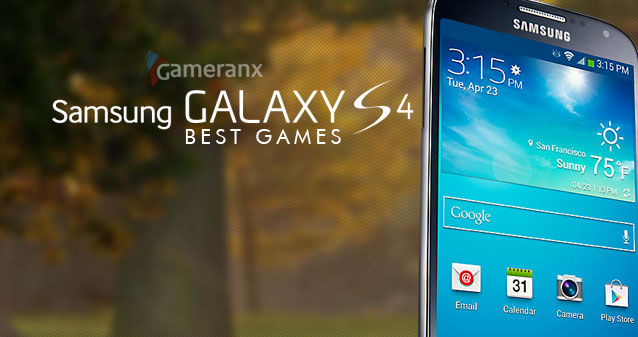



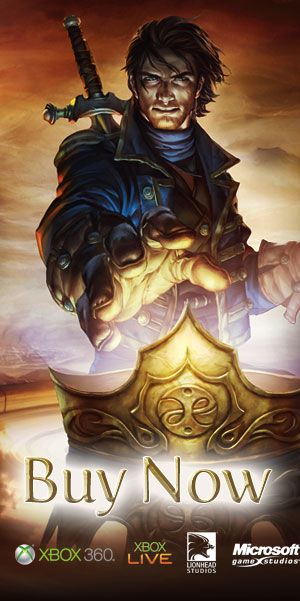 Fable 3: Traitor's Keep Achievements List
Fable 3: Traitor's Keep Achievements List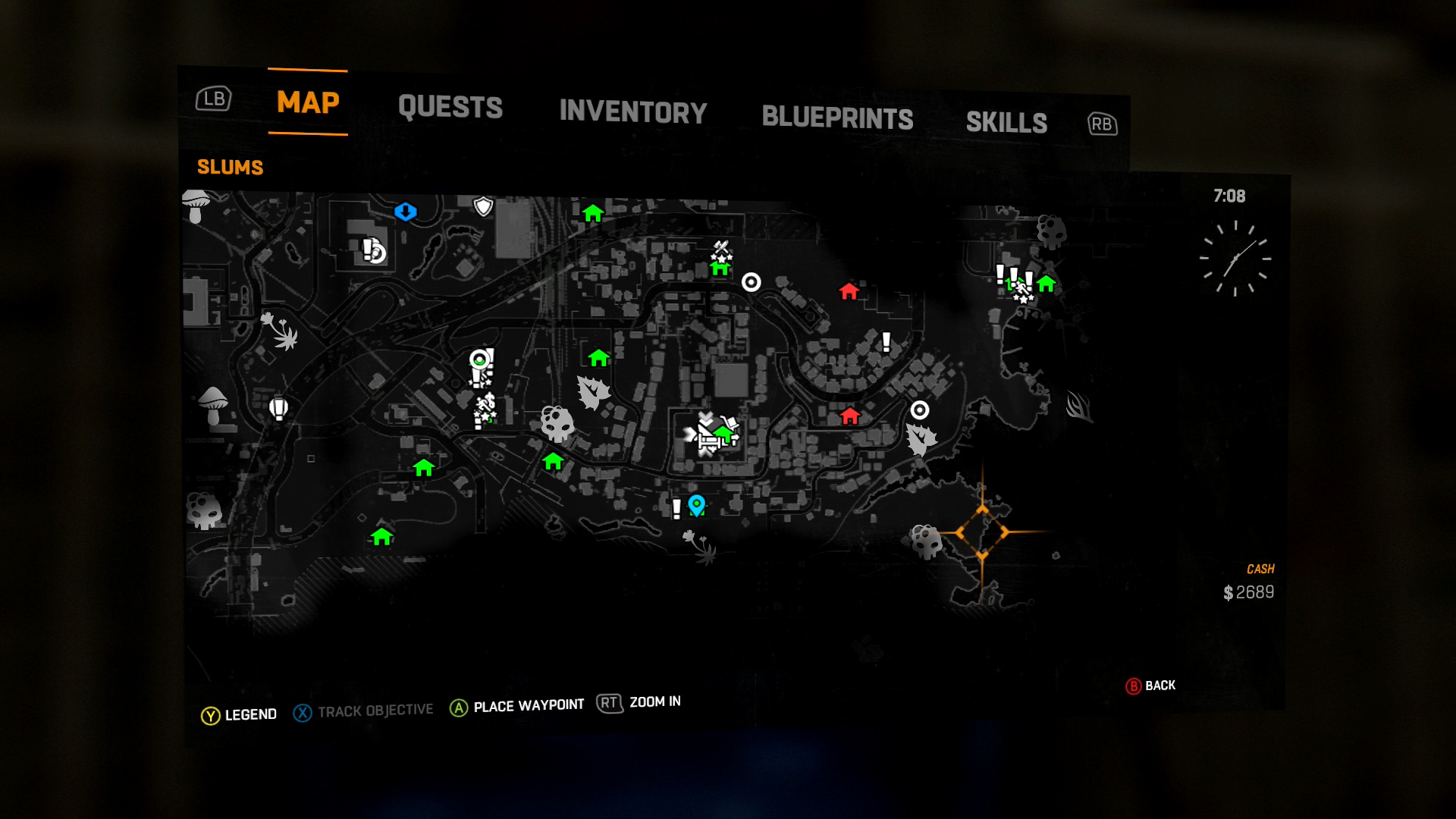 Dying Light: Locate EXPcalibur and its Blueprint
Dying Light: Locate EXPcalibur and its Blueprint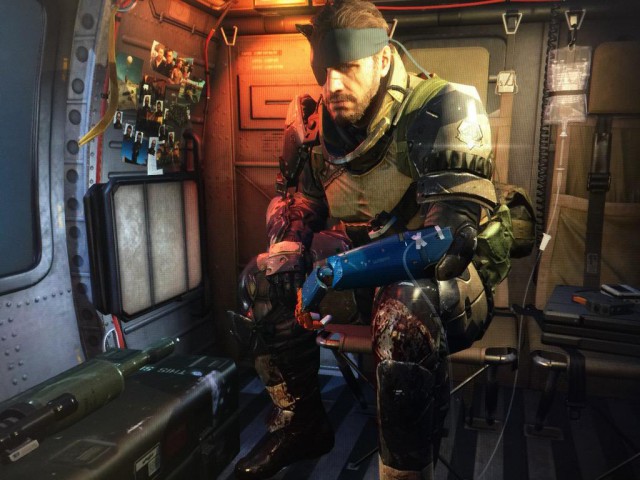 How to Unlock Hand of Jehuty in MGS V: The Phantom Pain
How to Unlock Hand of Jehuty in MGS V: The Phantom Pain The Witch and the Hundred Knight Wiki – Everything you need to know about the game .
The Witch and the Hundred Knight Wiki – Everything you need to know about the game .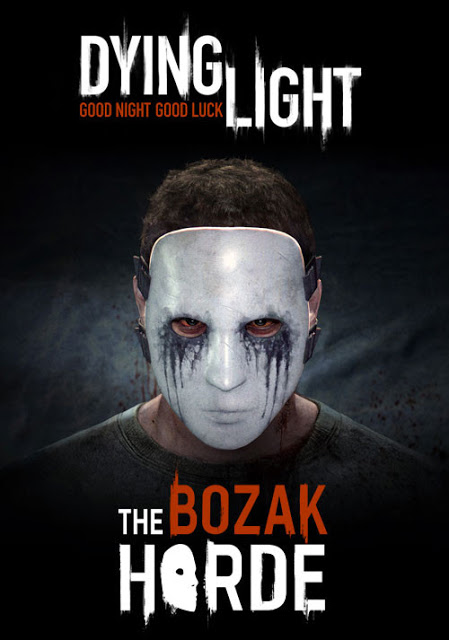 Dying Light - Bozak Horde all 20 Trials / Tasks guide
Dying Light - Bozak Horde all 20 Trials / Tasks guide